Fauna and flora of Eurasia: description of the inhabitants, photo of the nature of Eurasia.
On the territory of the largest continent of Eurasia, all the natural zones of the world are located. Therefore, its flora and fauna is very diverse. It should be noted that it is this continent that is the most populated and it was here that industry began to develop first of all, requiring the development of new territories, new mineral deposits, as well as new transport routes. All this had a negative impact on the species composition of animals and plants of Eurasia. Many of them have disappeared from the face of the Earth, many are listed in the Red Book and taken under protection. Nowadays, most of the plant communities and animal species of Eurasia can be found within the protected areas.
Fauna of Eurasia
Among the animals of Eurasia there are many representatives of invertebrates, insects, reptiles and mammals. Since the largest area on the mainland is within the taiga zone, representatives of the fauna of this natural zone occupy significant areas of Eurasia. Among the inhabitants of the taiga, the most common wolverine and brown bear, fox and wolf, hare and squirrel, many rodents and birds. Among them are black grouse, hazel grouse, capercaillie, crossbills, crows and tits. This list is very incomplete. In fact, the species diversity of taiga animals is quite an impressive list.
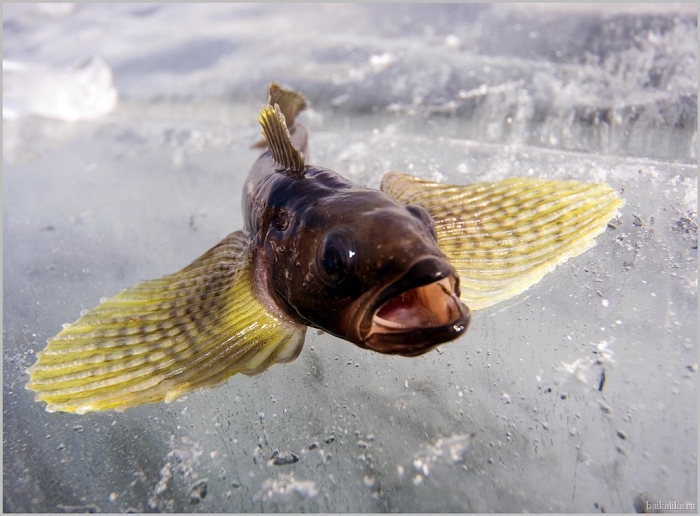
A very rich and diverse fauna of Eurasian reservoirs. This is a whole range of waterfowl, amphibians, fish of valuable commercial species.
![]()
Despite the difficult living conditions of the tundra and desert zone, which occupy large areas in Eurasia, the animals living there have adapted both to the arid conditions of the desert and to the low temperatures in the tundra.
Flora of Eurasia
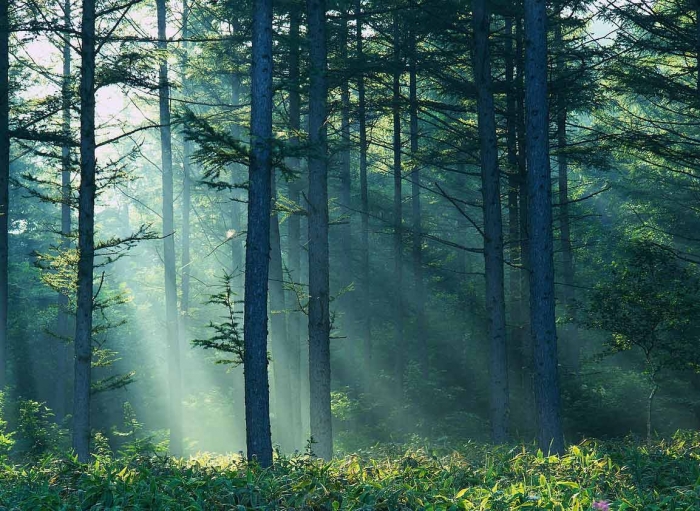
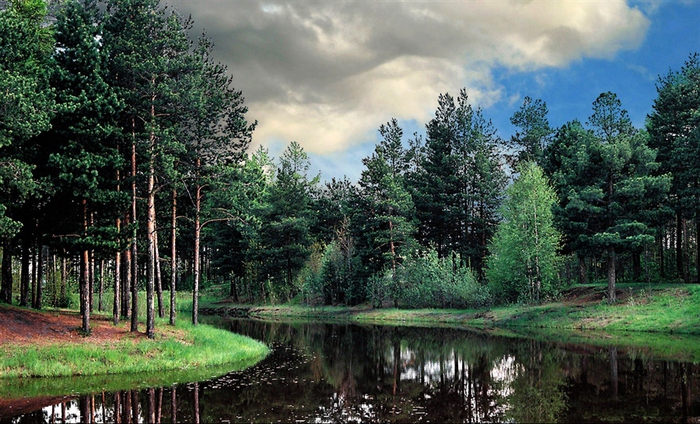
The flora of Eurasia is also diverse. A significant area of the mainland is occupied by coniferous, broad-leaved, equatorial and variable-humid forests. Trees, shrubs and herbaceous vegetation grow here in open areas. Among the typical representatives of the plant world of Eurasia are Siberian cedar, oak, beech, banyan tree, bamboo, tulip tree and the largest and most fetid flower in the world - rafflesia.
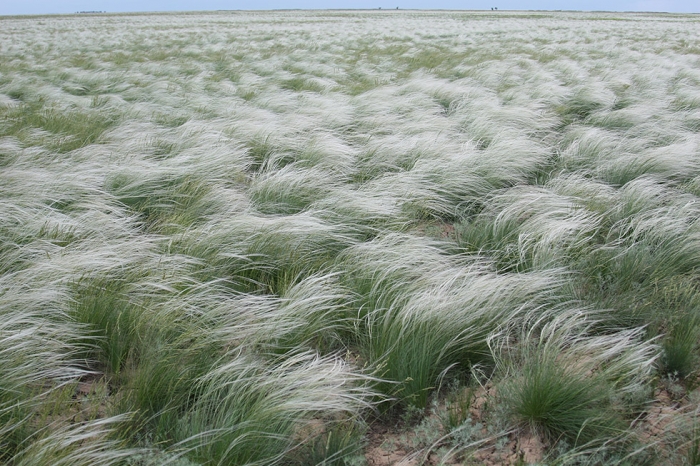
Vast steppe spaces are covered with cereal grasses and feather grass. It should be noted that most of the steppes of Eurasia are under agricultural crops and natural vegetation has been preserved in a rather limited area of the steppes.
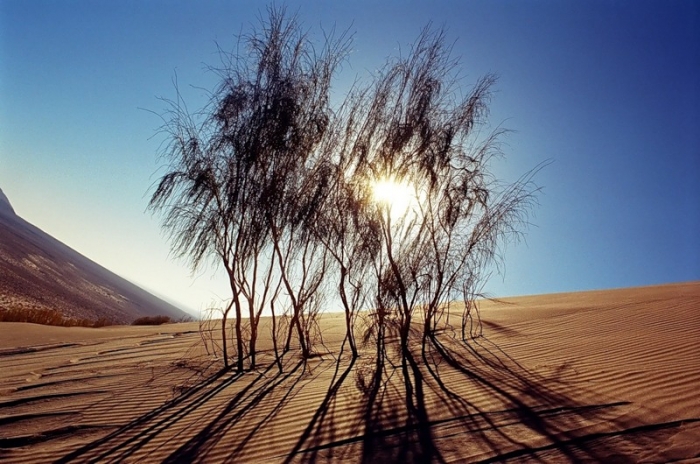
The interior of the mainland is occupied by deserts. Here the most common are wormwood, kurai, camel thorn and saxaul, a plant that does not give shade. In deserts, as well as in the steppes, there are many ephemera, plants with a short growing season. During the spring period, the desert is filled with flowering plants of various kinds, and with the onset of the summer drought, all this flowering splendor quickly disappears without a trace.
.


